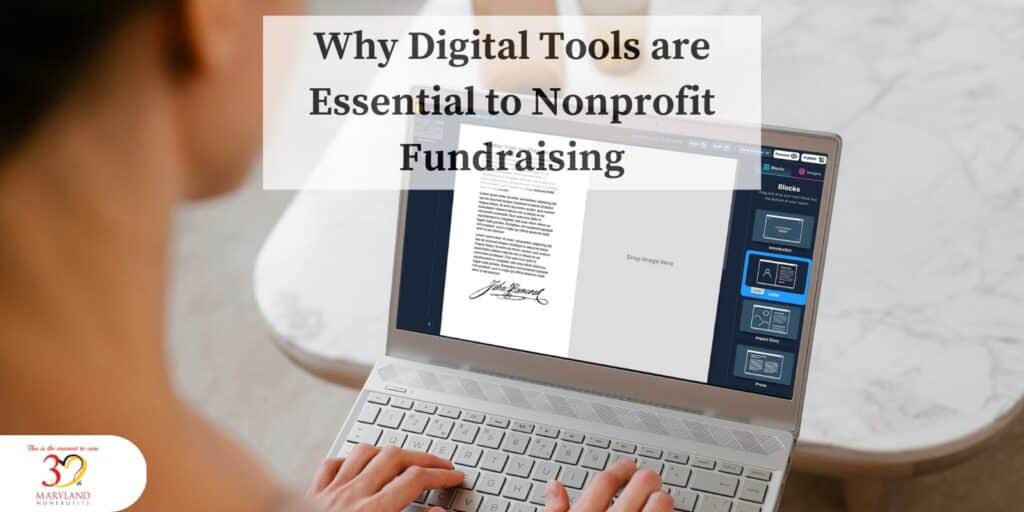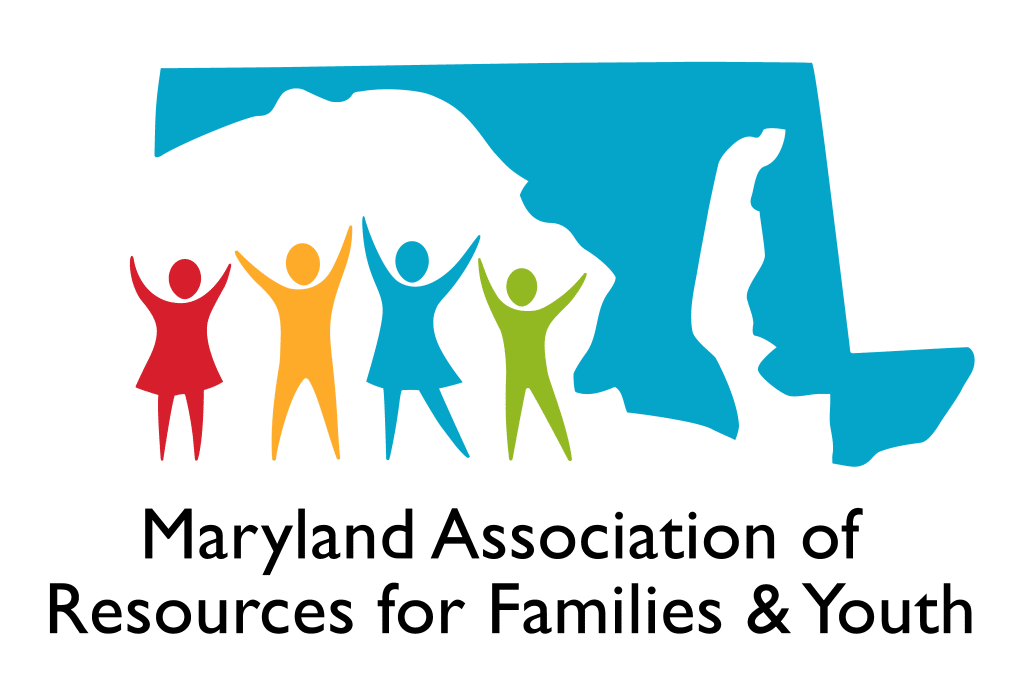You’re no stranger to doing more with less if you work at a nonprofit. Whether finding volunteers to help with events or getting donations for a cause, nonprofits often have shoestring budgets and limited resources.
Because of this, many nonprofits can benefit from taking advantage of free or low-cost marketing tools that can help them reach new audiences and raise money. We’ve rounded up five nonprofit solutions here that will hopefully give you ideas on how your organization can make the most of digital marketing!
Build a website with WordPress
If you’re new to digital marketing and tech, WordPress is one of the best website builders for nonprofits. It’s easy to use and learn.
WordPress is also open-source, meaning anyone can take the code for the software and modify it however they want without having to pay a fee or license fees. This means that WordPress can be customized for many different websites very easily by those with coding experience or even by someone with no experience whatsoever!
Thousands of plugins on the web will allow you access to different tools such as social media sharing buttons, contact forms, donation payment options, and more. You can also hire someone with technical skills if doing it yourself isn’t something you’re interested in doing.
Being creative and personal on social media
The goal of social media is to get people talking about your nonprofit.
You can start by using images and videos on each platform. This will make it easier for people to share them. On Twitter, use emojis and hashtags to make your text stand out. On Instagram and Facebook, use visual enhancements like filters and graphics to make your content more engaging.
Be personal by including a human element in your marketing efforts. Responding to comments and adding emojis or selfies will show a real person behind the account. Use any relevant holidays during the year to connect with followers on a more personal level.
Leveraging hyper-local SEO
Another great way to get your nonprofit’s website in front of the right people is by using hyper-local SEO. This means you want to use keywords relevant to your area, your target audience, and even the types of people you want to convert into donors or volunteers.
Remember, people don’t always think about where they live when searching for something on Google. They may simply be looking for a solution for their problem and will search for it regardless of where they live. So if someone from Denver searches “charitable donations” and it comes up as one of the top results on Google search, there’s a good chance this person will click through even though they’re not located within Denver itself!
Writing helpful blog posts
You can get more out of your blog by taking a few steps to ensure that your posts are helpful and informative. To begin, select some keywords for each post. These will help people find your content when they’re searching for information related to those terms—and this is especially important if you want your nonprofit organization to be found online since 80% of internet users start their search on Google or another search engine.
Make sure your blog posts aren’t just basic facts or questions; instead, try looking at things from various perspectives and providing options for readers based on who they are and what they need at that moment in time—for example: “If you’re trying to decide where to volunteer next weekend, here are three organizations worth checking out….” This also gives people something specific they can ask questions about instead of having someone answer them in general terms without offering any solutions.
Start online fundraising
There are many great platforms for crowdfunding, including GoFundMe, YouCaring, and IndieGoGo. You can also promote your campaign on social media sites like Facebook, Twitter, and Instagram.
If you’re a nonprofit with a website, another solution would be to install plugins like GiveWp or join platforms like Give Lively. These are solutions that make it easy for nonprofits to connect with donors.
Make sure that donors receive an email from you when they contribute, so they know exactly where their money is going! Let them know what it’s used for and how long the campaign will run. Include links to any relevant blog posts or articles related to this cause so they can learn more about your mission or organization—this will help keep them engaged long after making their initial donation!





